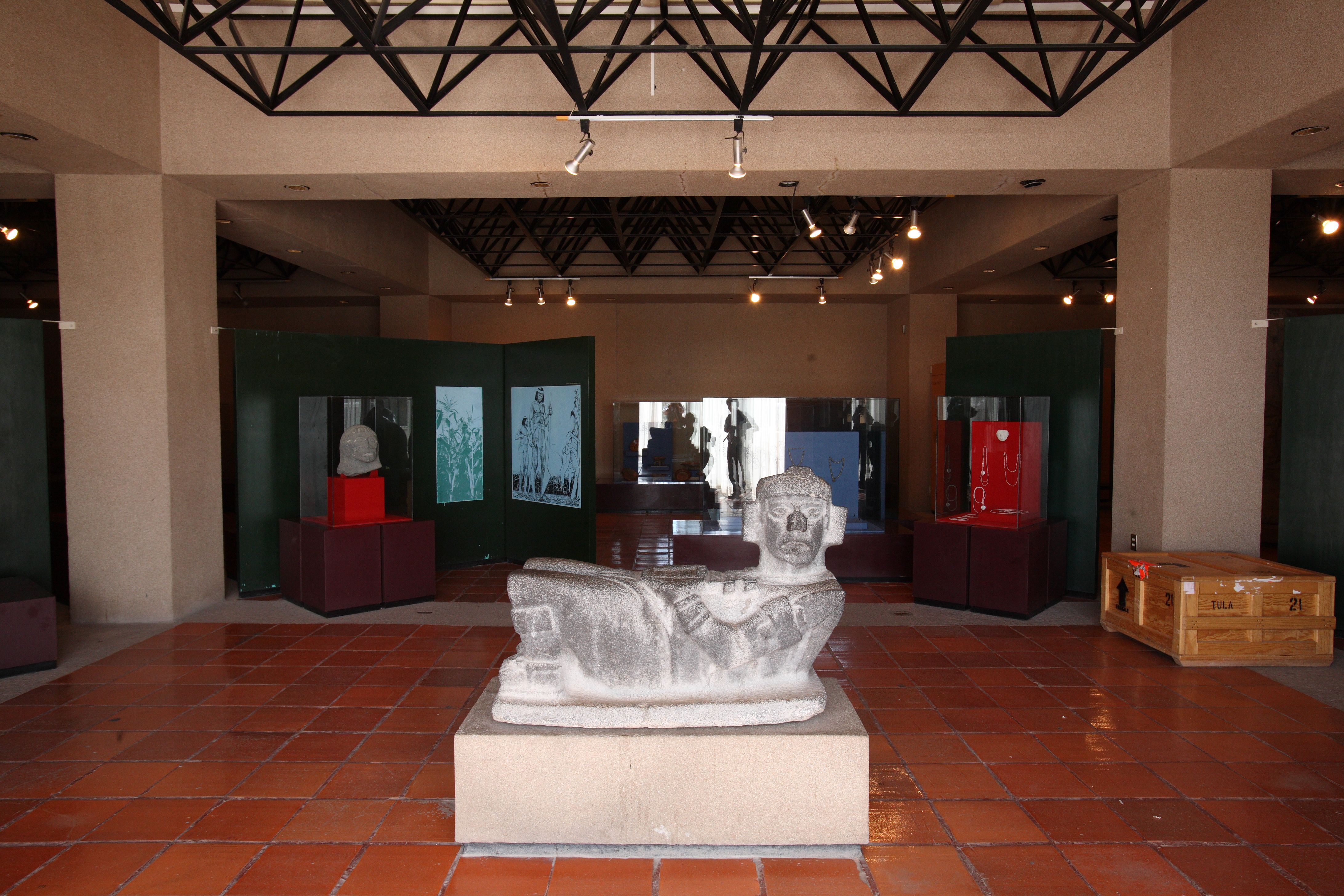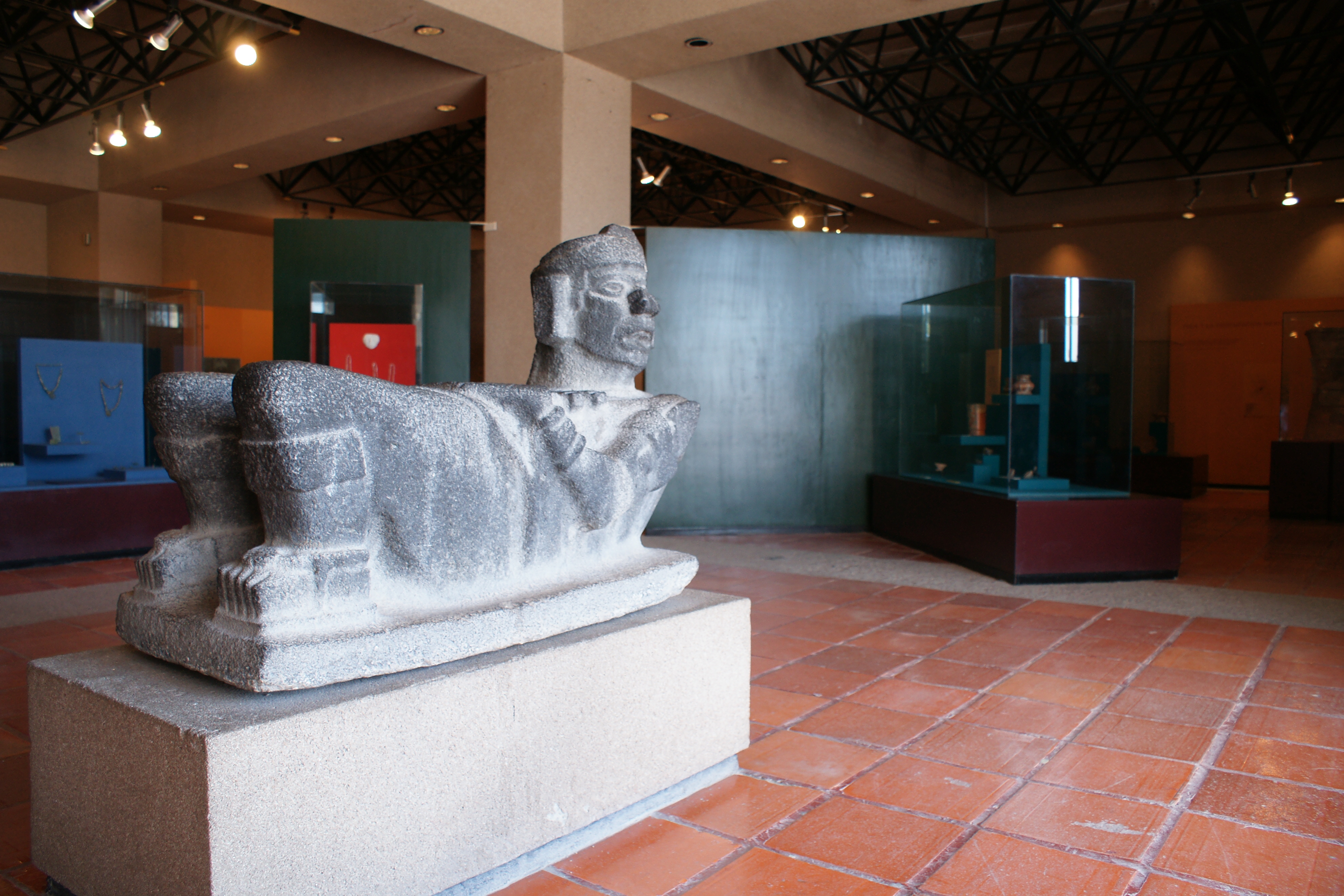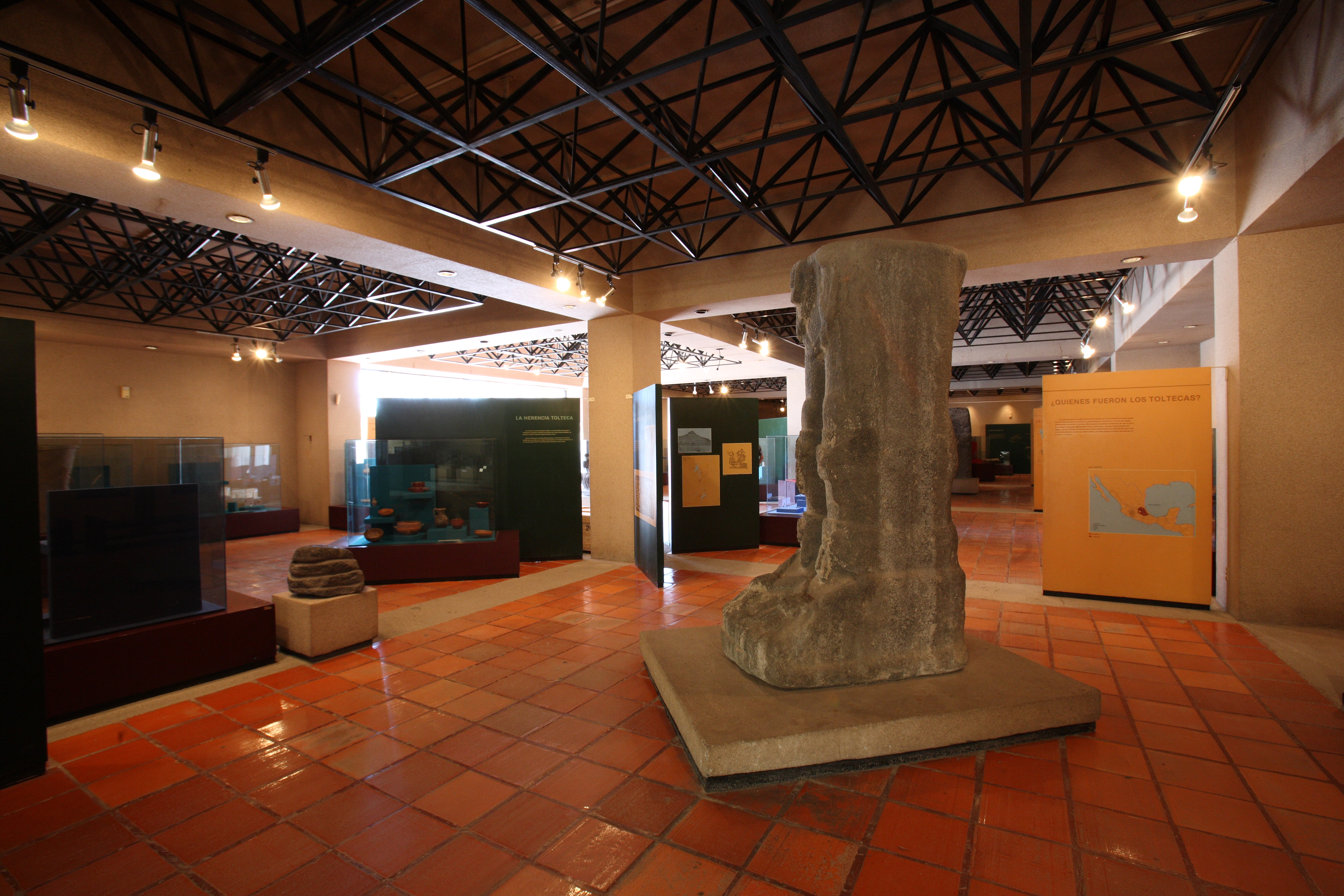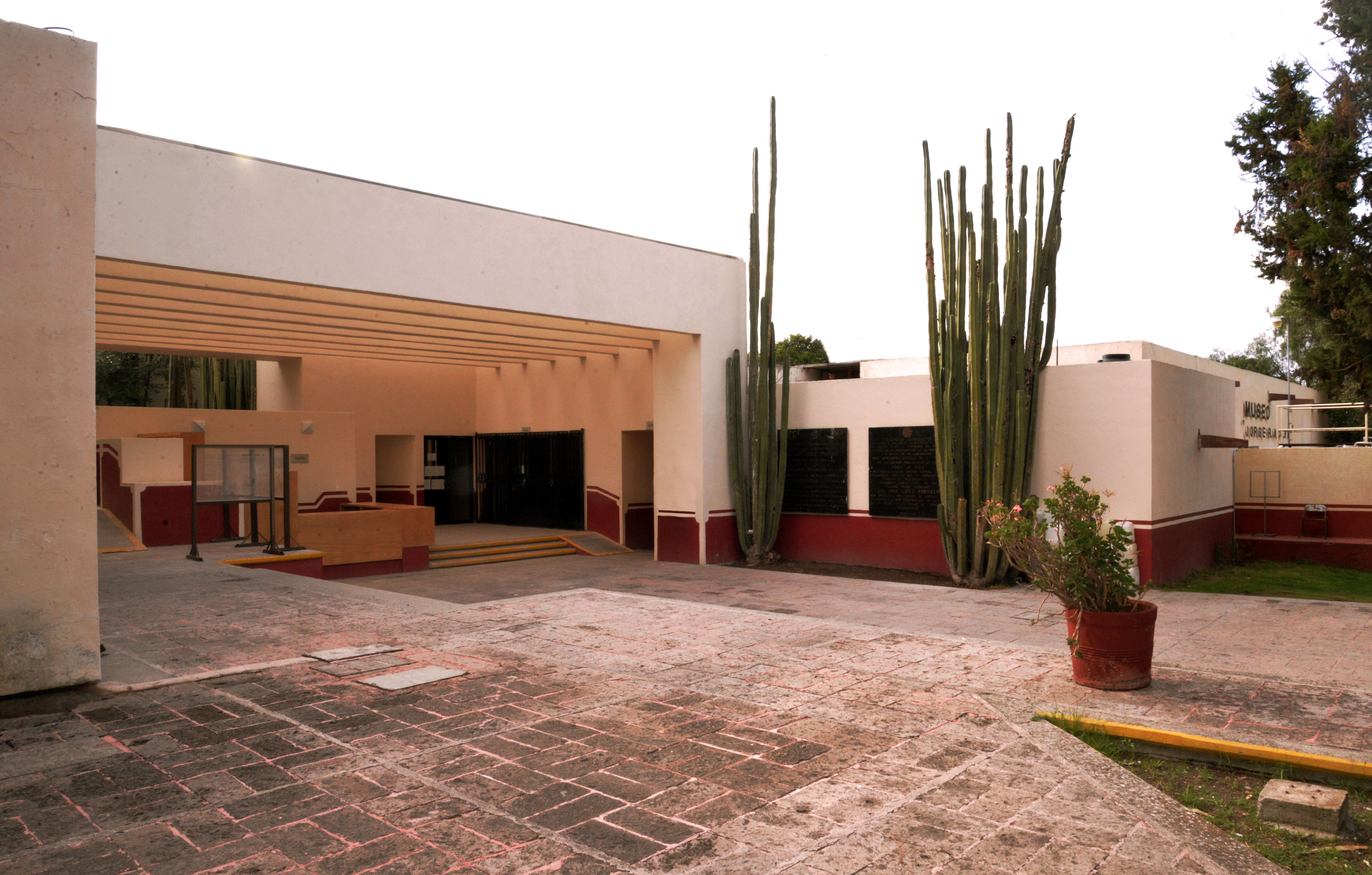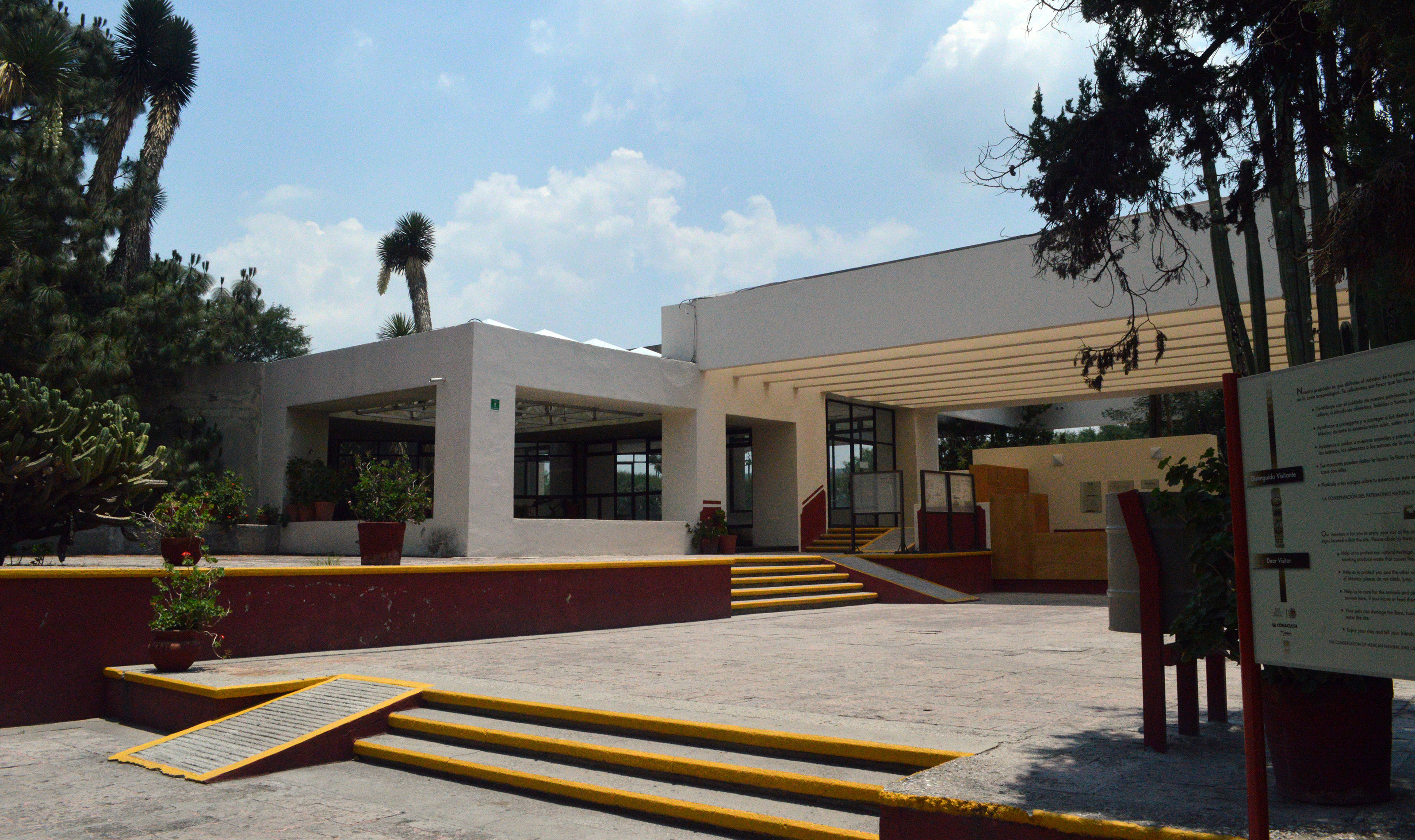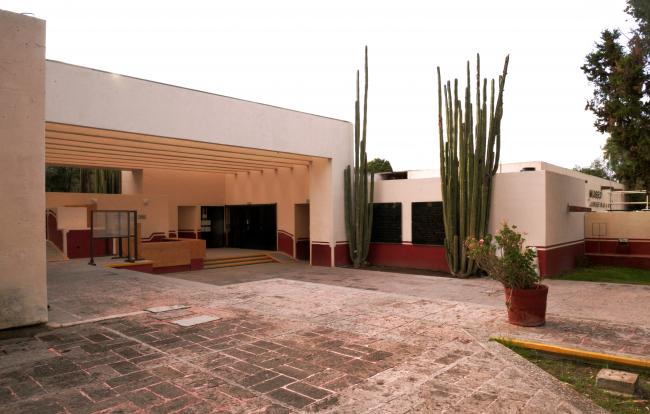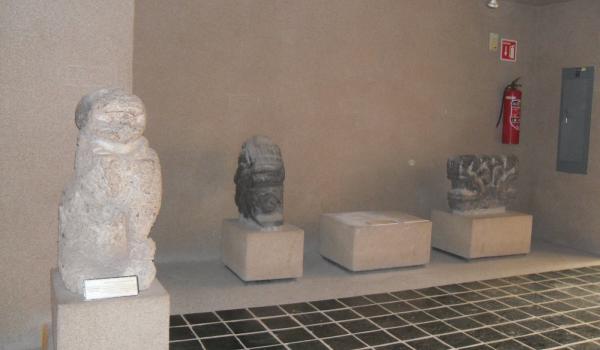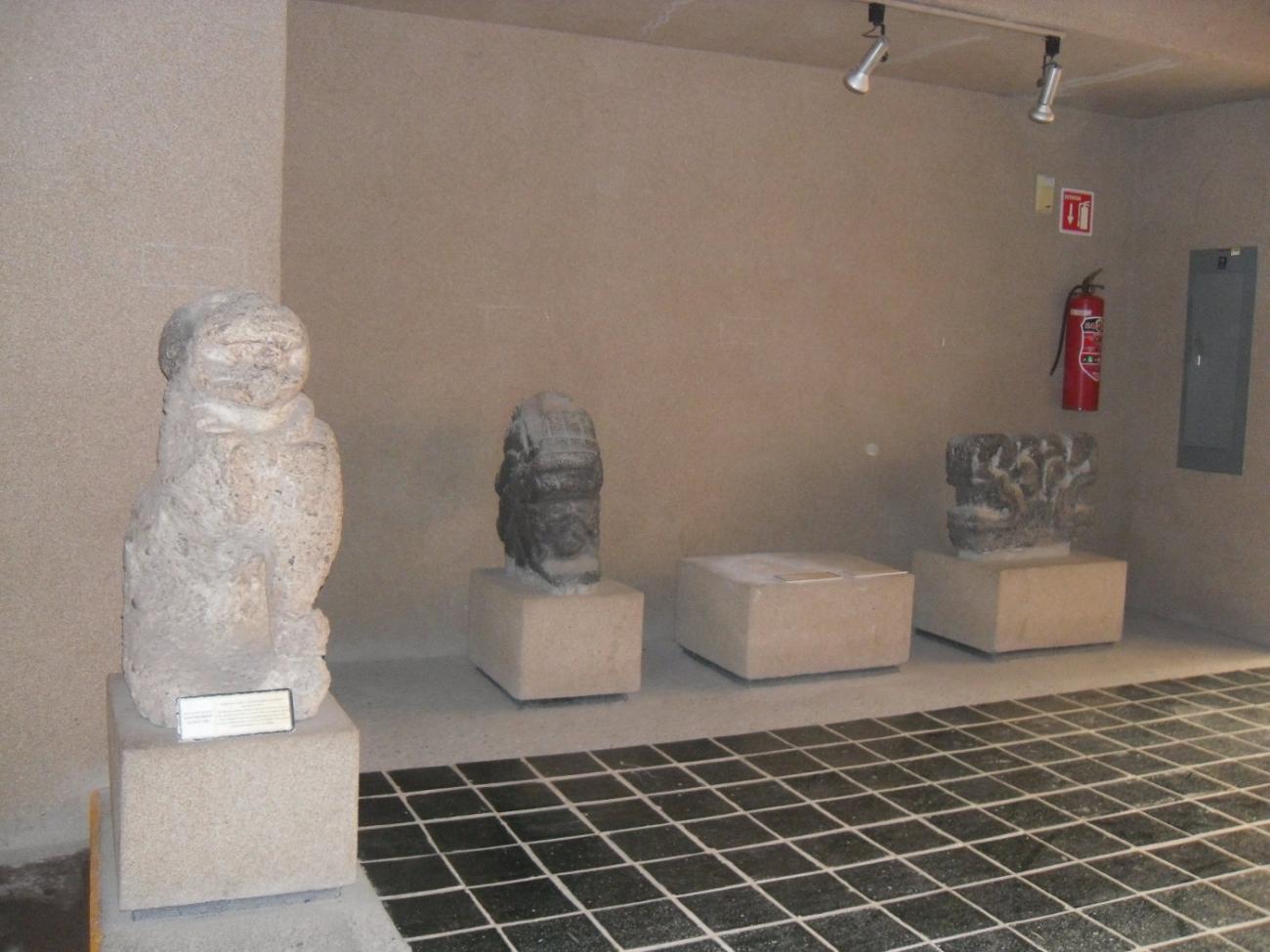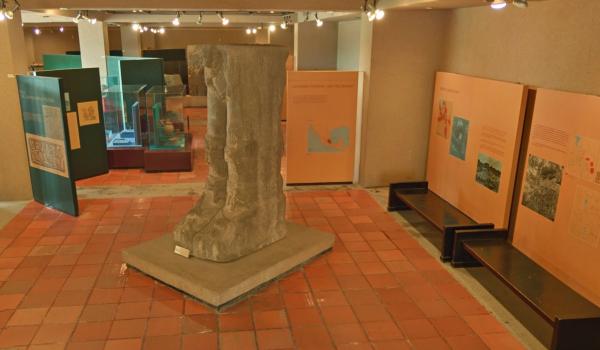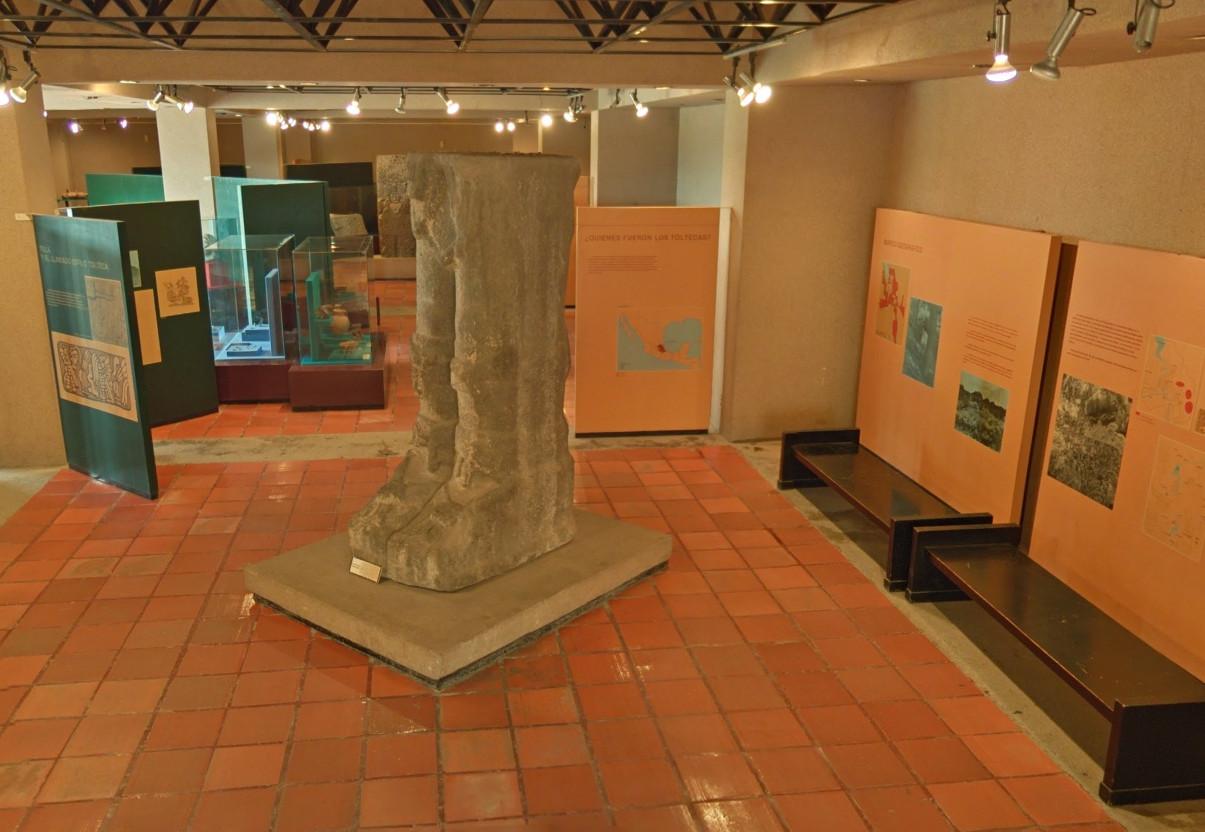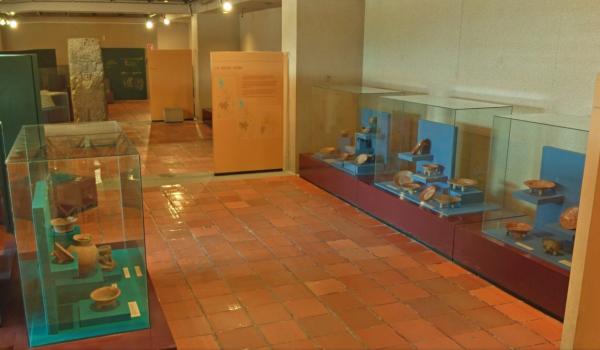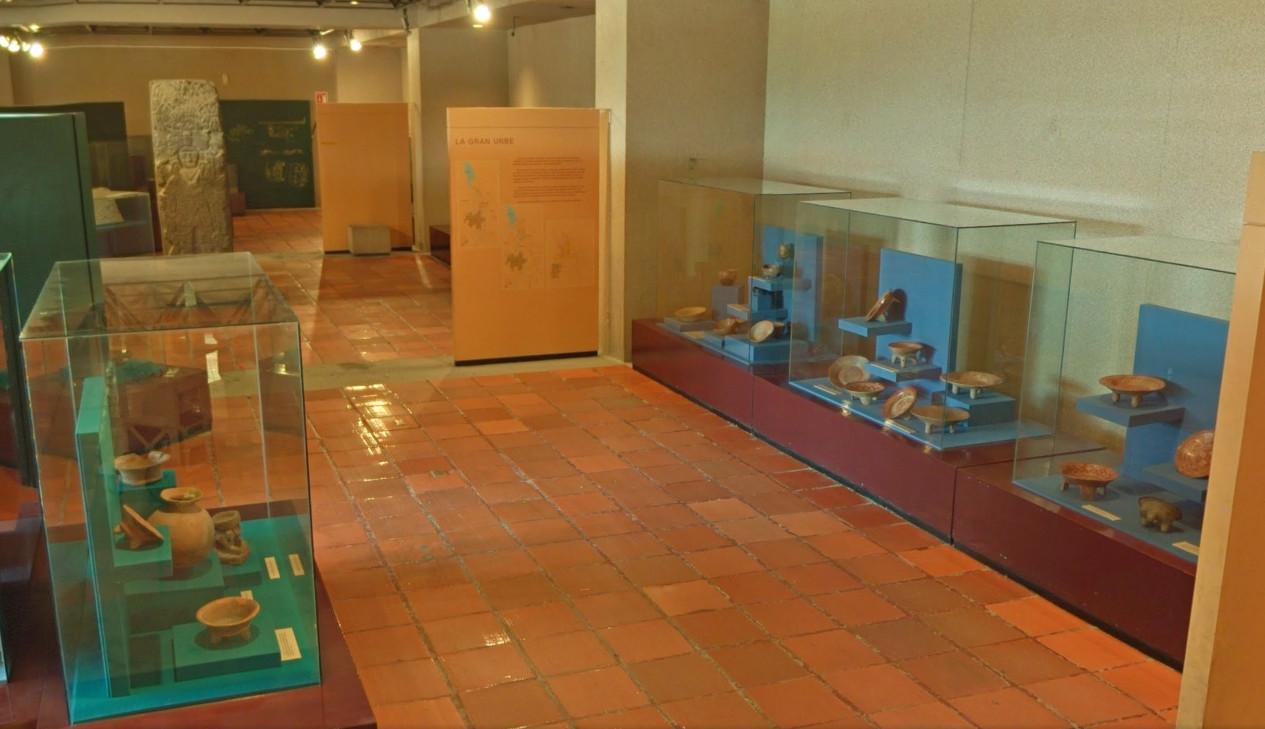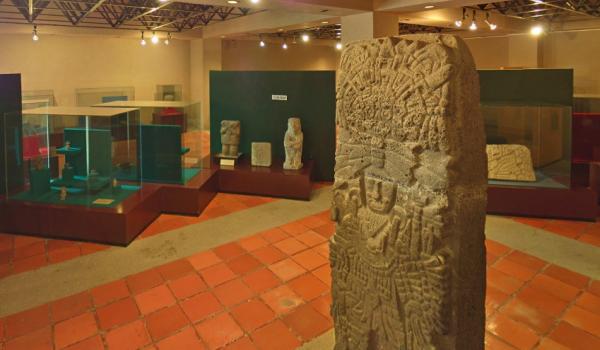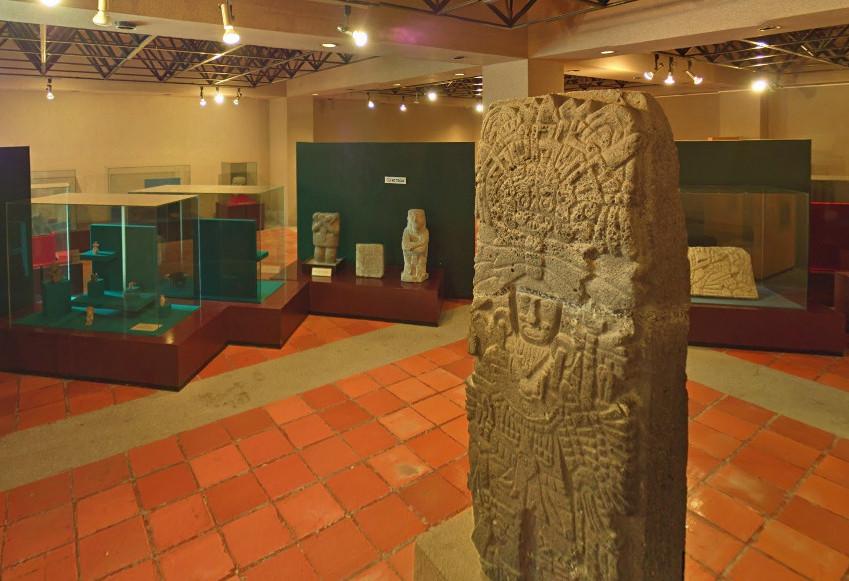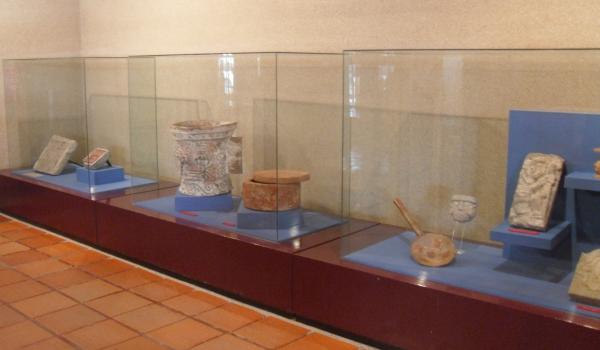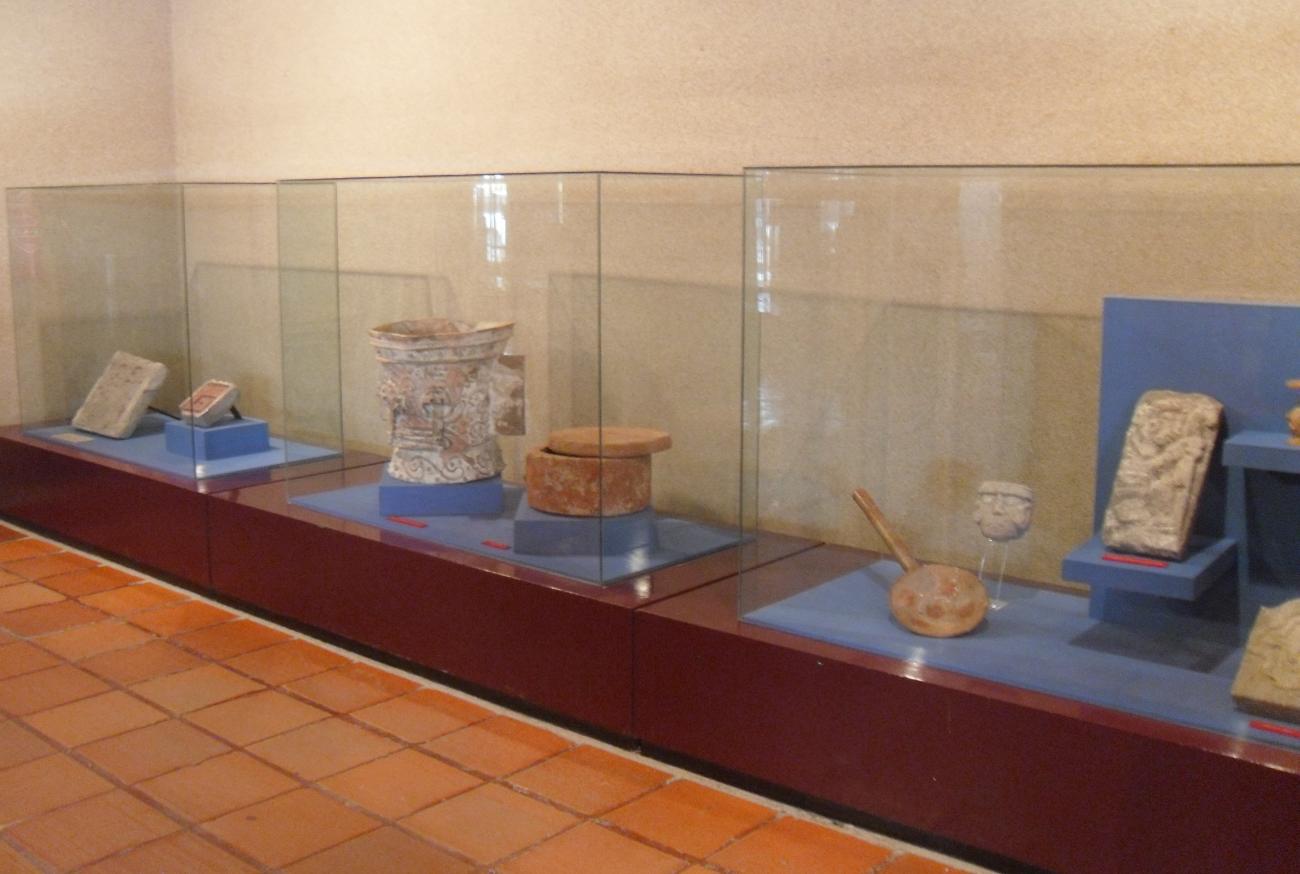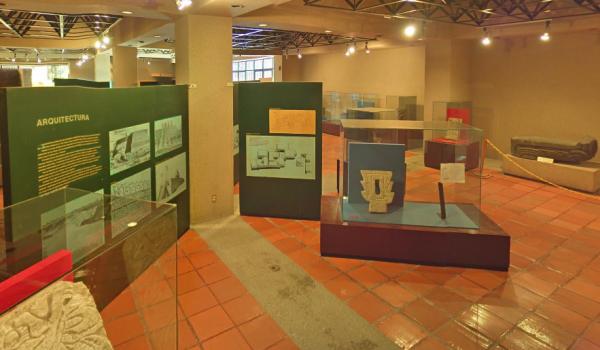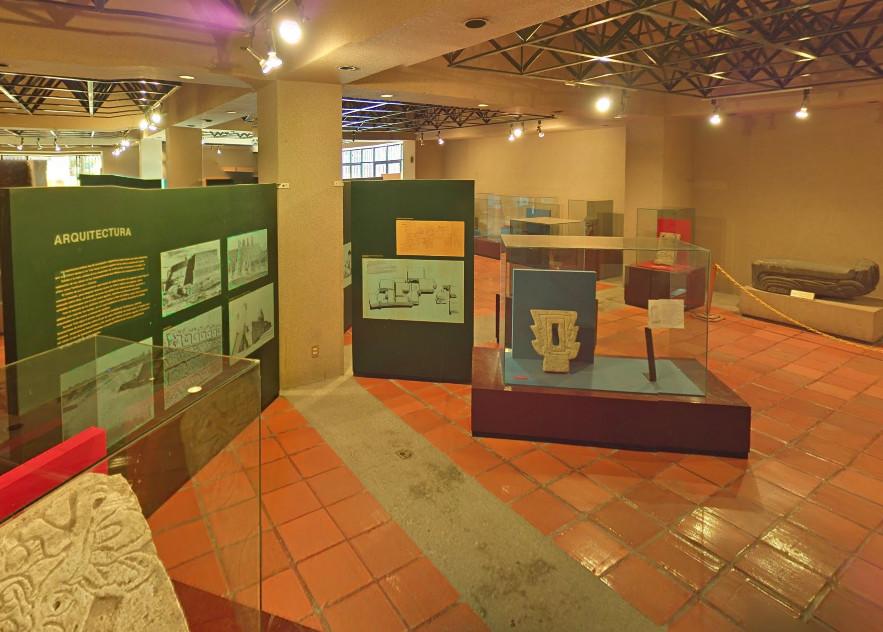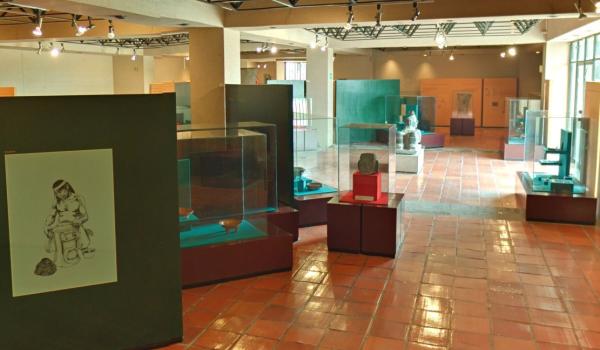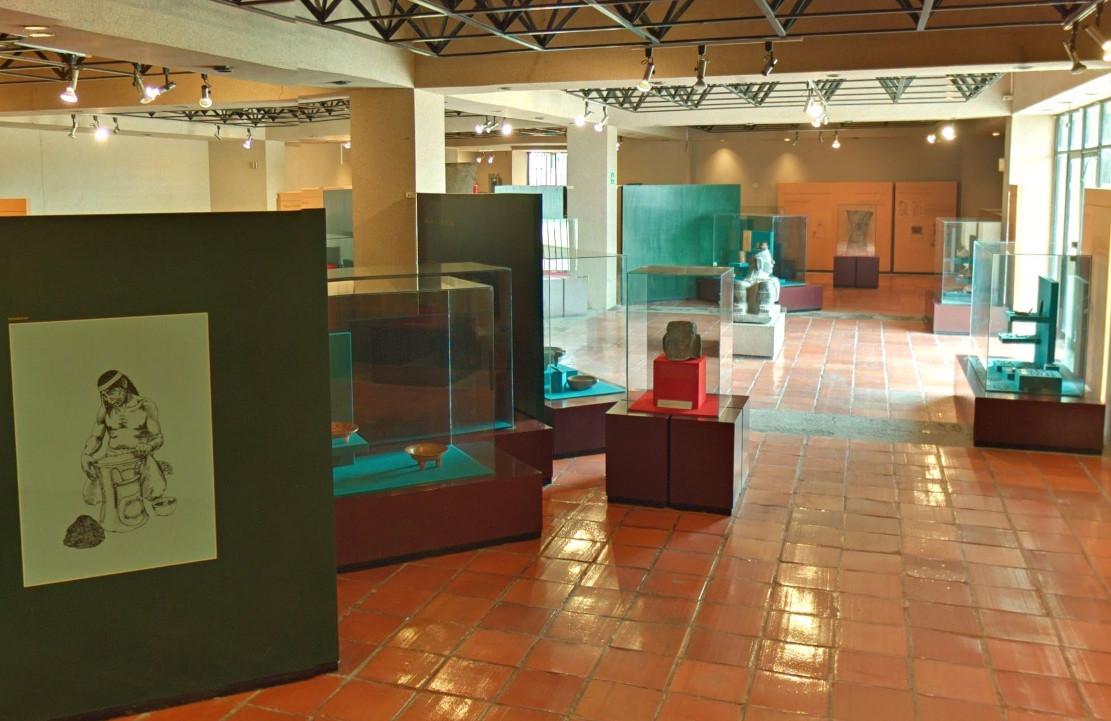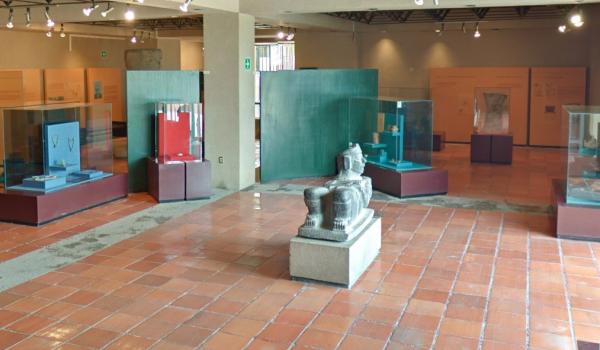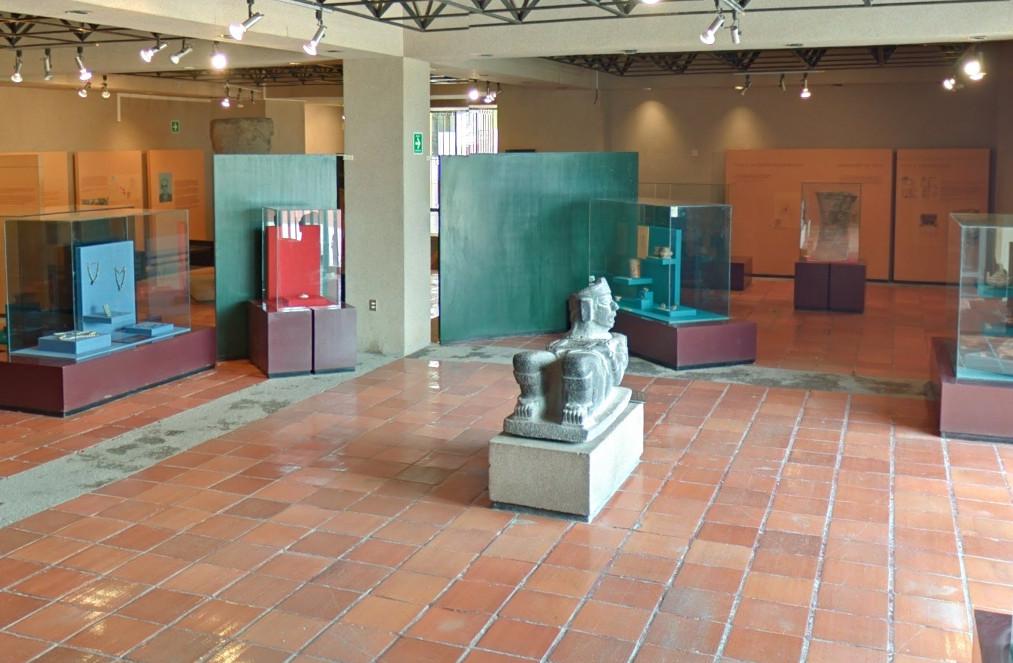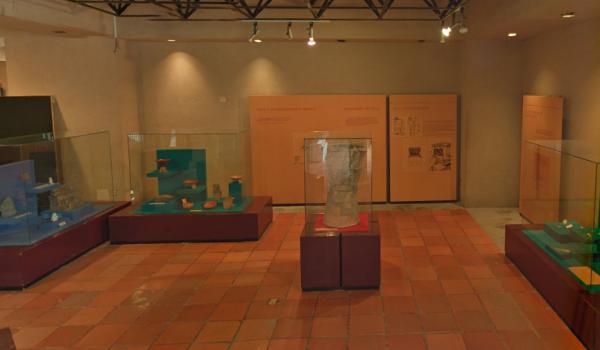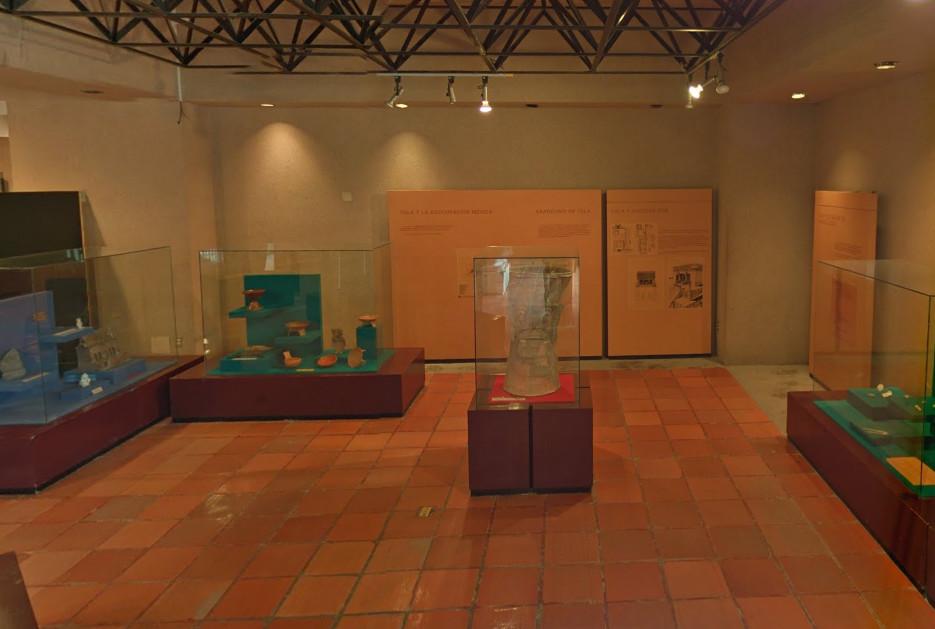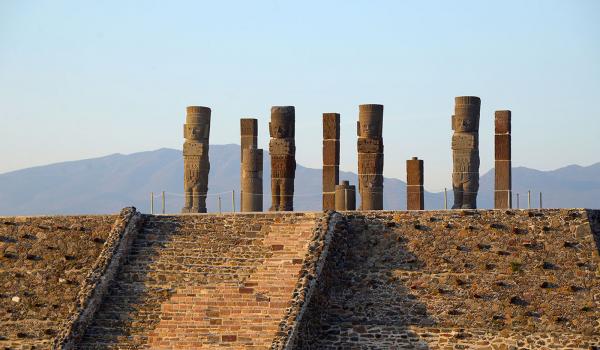Visit us
Museo "Jorge R. Acosta"
Aviso
Temporarily closed
Opening hours
Monday to Sunday from 10:00 to 15:00 h - Last entry 14:00 h
Fee
Sin costo
Aditional Fees
- Included in the entrance to the Archeological Site of Tula
Adress
Tula-Iturbe Boulevard, Km 2
El Salitre neighborhood, Zip Code 42900
Tula de Allende, Hidalgo, Mexico
Access
From Mexico City, take federal highway 57 to Querétaro; then take the exit to the east (on the right) along the M4OD toll road (continuation of 15D coming from Guadalajara) towards San Martín Texmelucan to reach Tula de Allende. The archeological zone is in the Tula Park.
Services





Important
- Sundays free for mexican citizens
- Free entrance for Mexicans under 13 years old
- Free entrance for Mexican students and teachers
- Free entrance for Mexican senior citizens
- No smoking
- No entry with food
- Pets not allowed
- No flash

